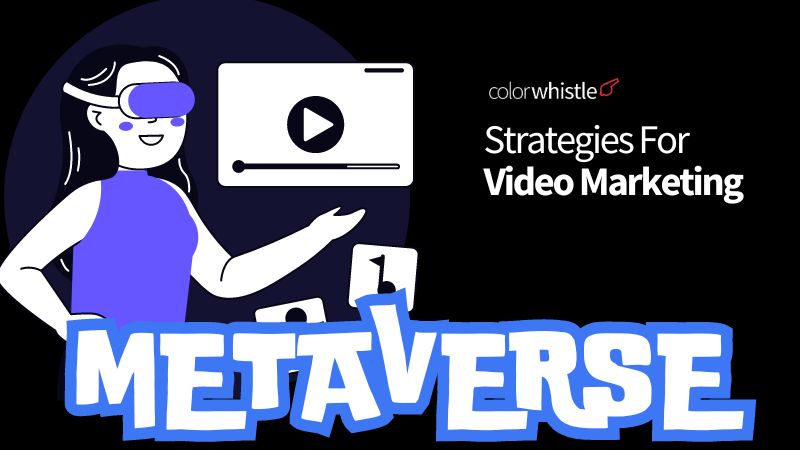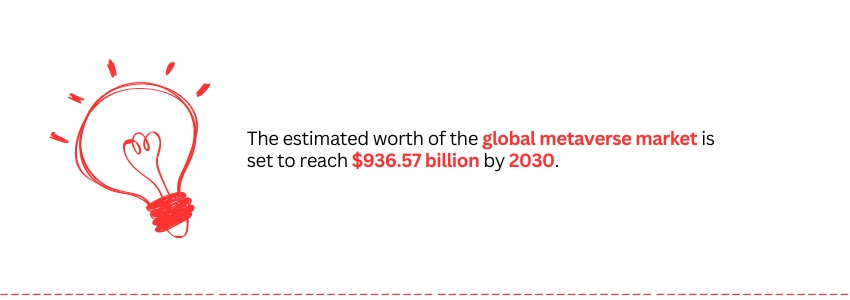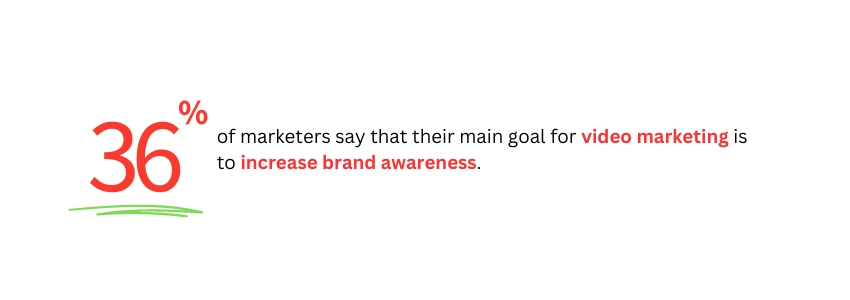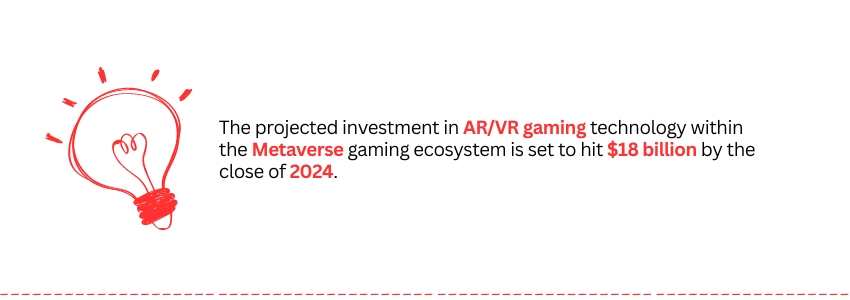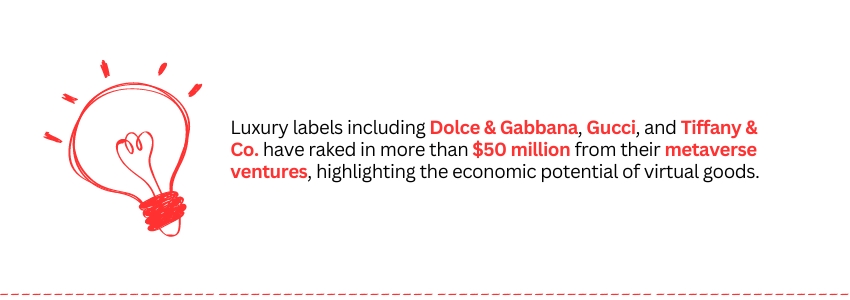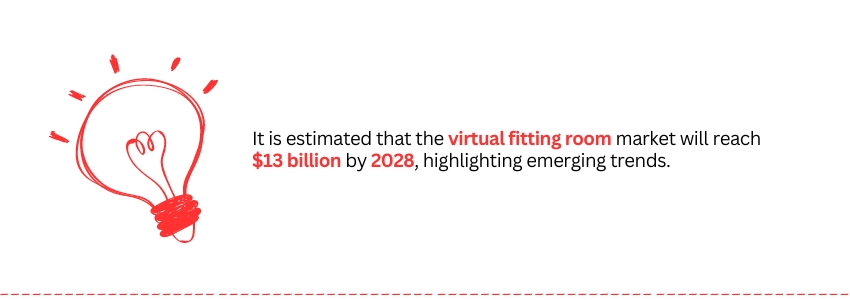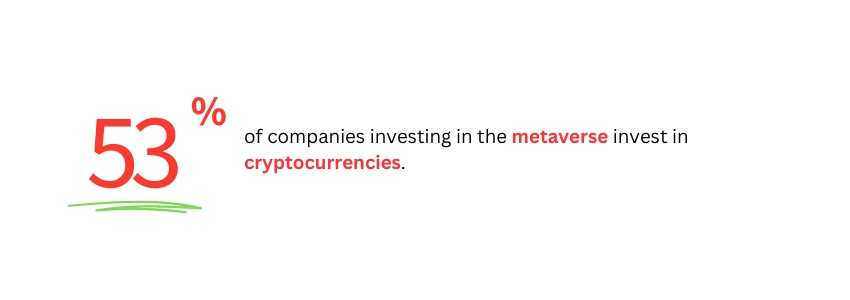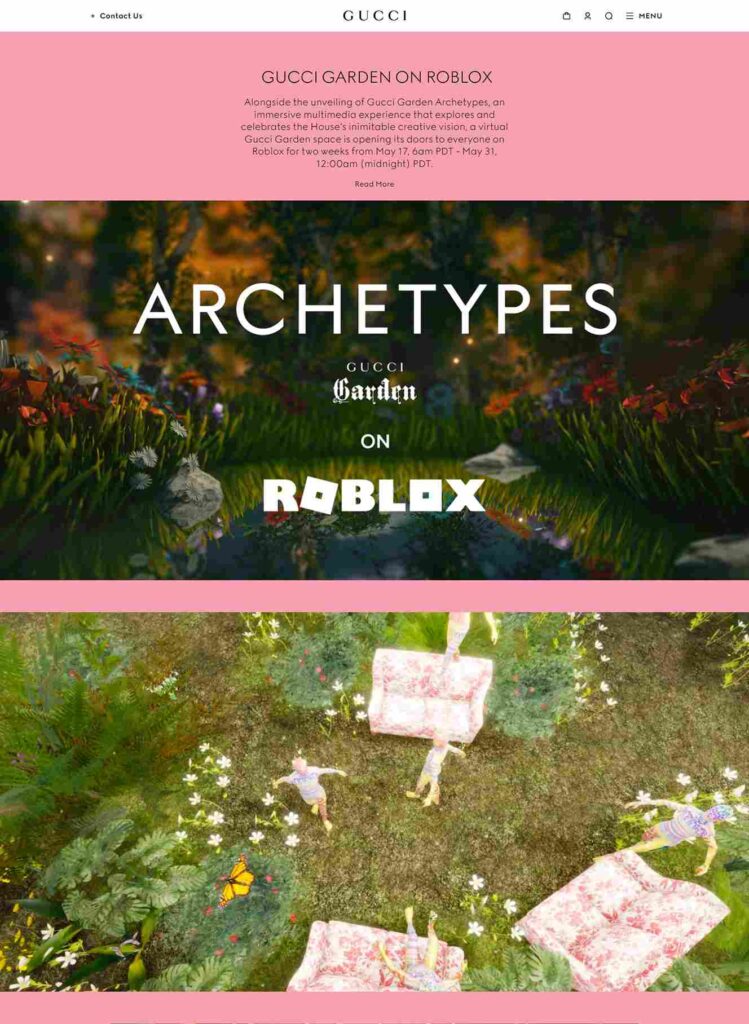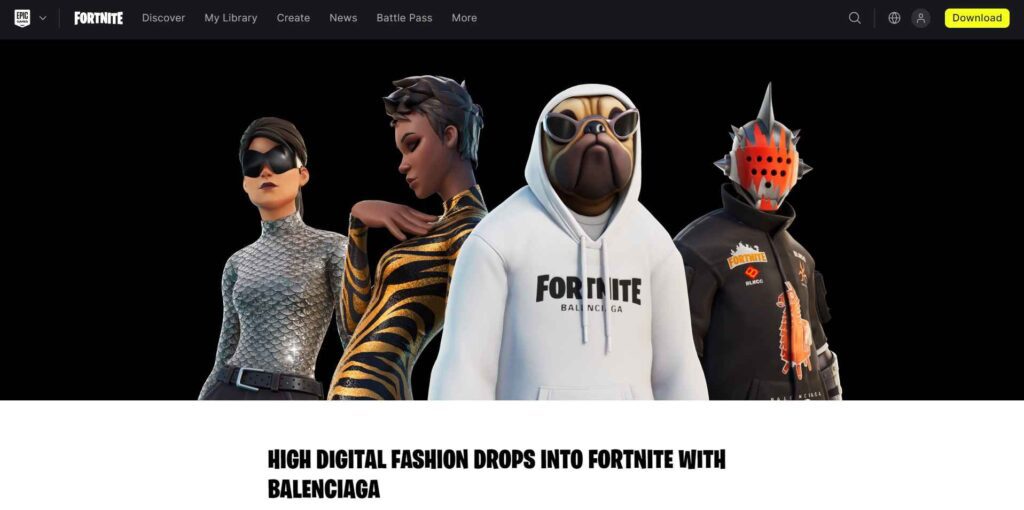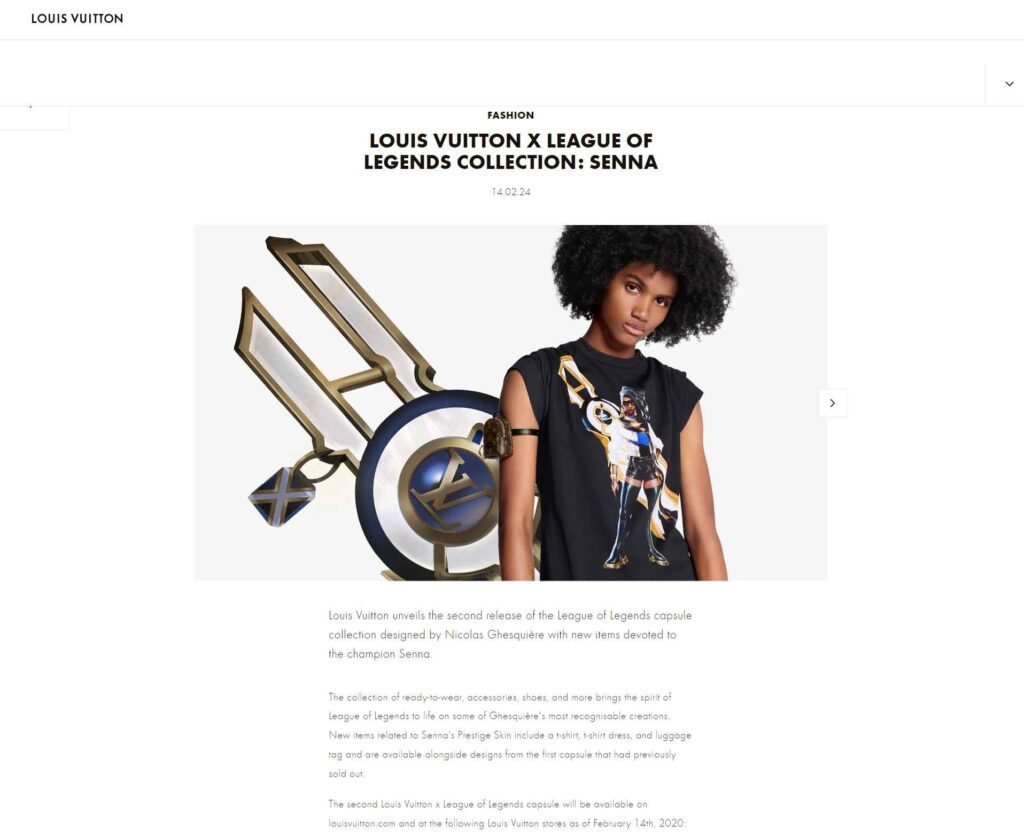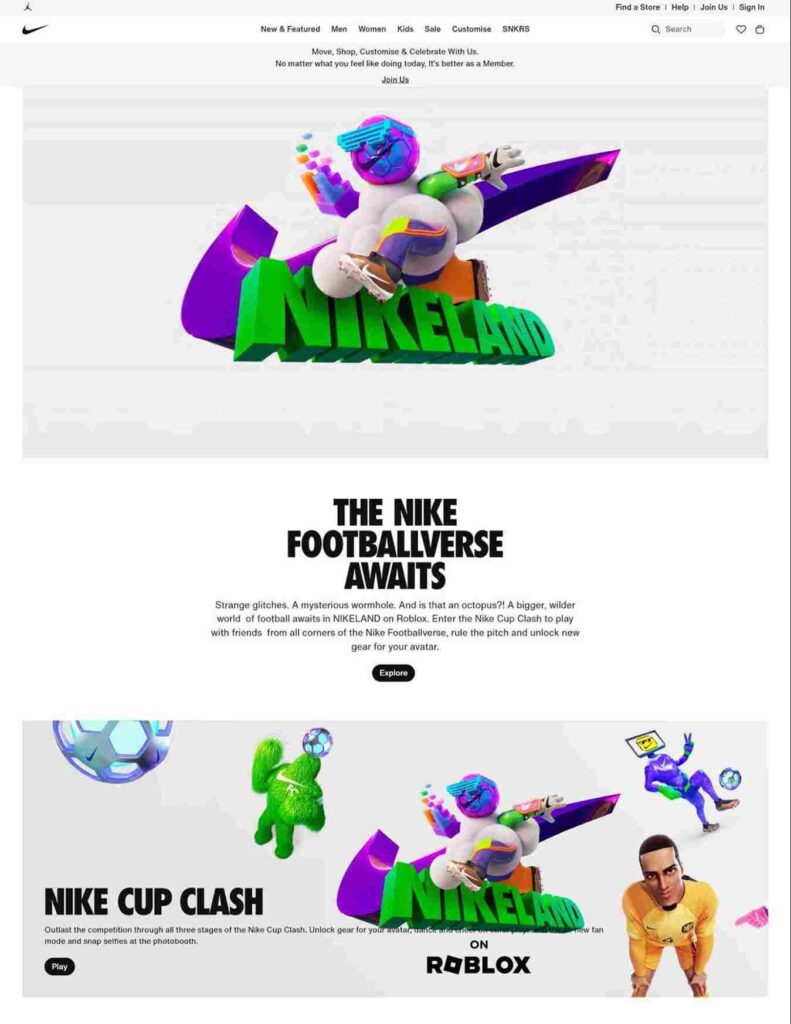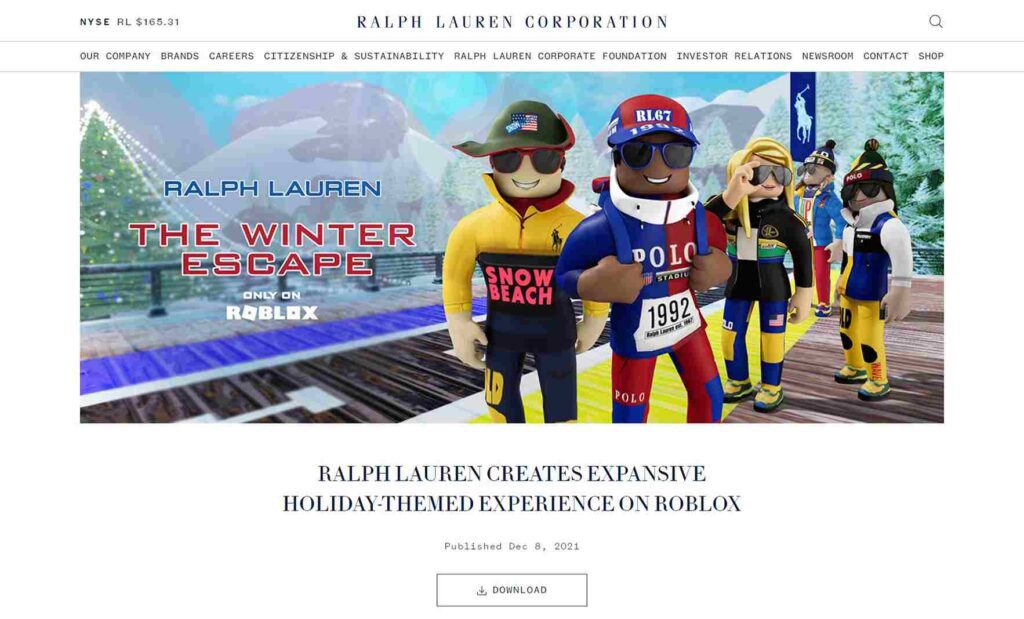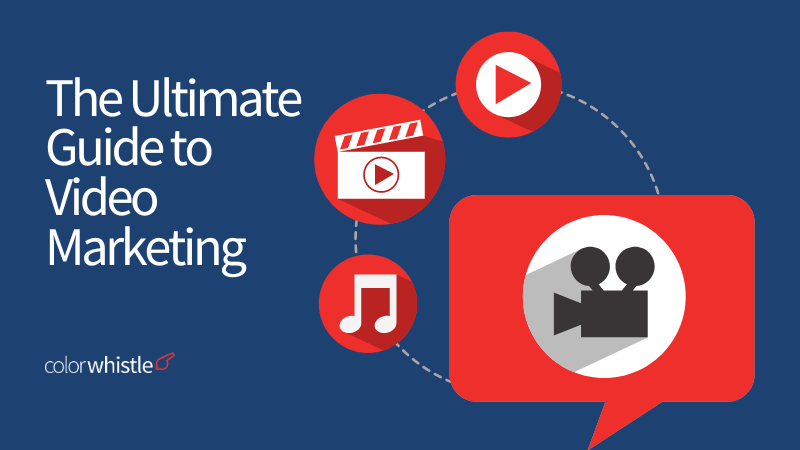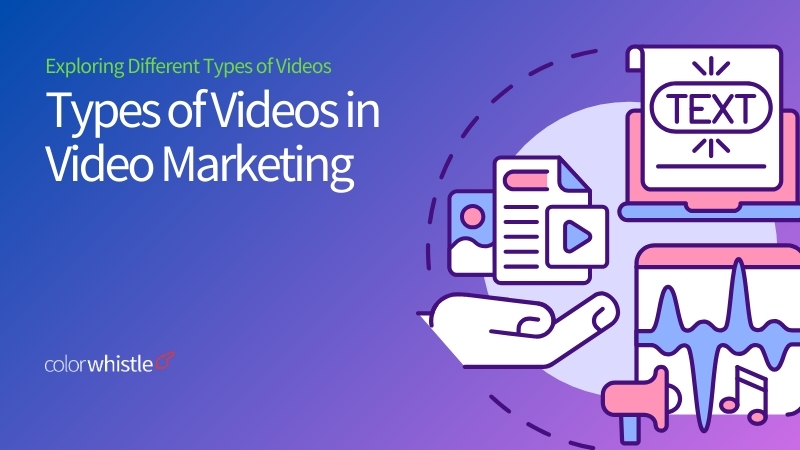Within the ever-shifting digital sphere, the advent of the metaverse introduces a distinctive and riveting landscape for businesses and video marketing agencies to venture into novel avenues for video marketing. As the distinctions between the physical and virtual realms become increasingly blurred, shrewd marketers must navigate this unexplored territory with strategies that transcend traditional approaches.
The metaverse, a fusion of virtual, augmented, and physical realities, presents unparalleled opportunities for brands to connect with their audience in immersive and innovative ways.
This blog will explore the strategies and best practices for video marketing in the metaverse, highlighting key examples and insights to help you navigate this exciting new landscape.
What is the Metaverse?
The metaverse is a collective term for virtual worlds where users can interact with each other and create digital content using various technologies such as virtual reality (VR), augmented reality (AR), and 3D avatars. It is a convergence of real and virtual reality, providing a hybrid experience that blurs the lines between physical and digital interactions. The metaverse is not just limited to gaming; it also includes social networking, education, and commerce, offering limitless possibilities for innovation and engagement.
Why Video Marketing in the Metaverse?
Video marketing in the metaverse is essential for several reasons:
- Increased Engagement: The metaverse is tailored to deliver a highly immersive setting, making video content a perfect complement. Videos have the potential to produce interactive experiences that entice users and ensure their engagement.
- Targeted Audience: Targeted marketing in the metaverse enables brands to reach out to particular demographics and interests effectively.
- Innovative Storytelling: By leveraging interactive elements and immersive environments, the metaverse enables the development of innovative storytelling techniques that deliver distinctive and lasting experiences.
- Competitive Advantage: By embracing video marketing in the metaverse early on, businesses can position themselves at the forefront of this innovative technology, gaining a significant advantage over their competitors.
Key Strategies for Video Marketing in the Metaverse
Video marketing in the metaverse in 2025 emphasizes the creation of immersive, interactive experiences that captivate users and make the most of the distinctive capabilities of this evolving digital landscape. Here, we outline essential strategies.
1) Create Immersive Video Experiences
The metaverse is all about immersion, so video content should utilize virtual reality (VR) and augmented reality (AR) technologies to fully immerse viewers in the brand experience. This could include 360-degree videos, interactive virtual tours, or allowing users to experience products in a 3D virtual environment. This plan involves the seamless integration of video content into the metaverse environment, enabling users to naturally interact with it.
2) Parallel Real-Life Marketing in the Virtual Environment
Marketing in the metaverse demands a touch of elegance by emulating real-world strategies. By integrating traditional methods, brands can optimize their reach, minimize expenses, and elevate user satisfaction. This approach calls for meticulous planning and flawless execution, yet it ensures a profound impact on audiences within immersive virtual worlds.
3) Retail Virtual Goods to Digital Avatars
The metaverse thrives on the concept of online identities, a force to be reckoned with. Users and shoppers within this digital domain utilize avatars to express their individuality and distinctiveness. To tap into this market, your brand can capitalize on selling virtual goods tailored for digital avatars. This direct-to-avatar (D2A) economy enables companies to directly market their goods to metaverse avatars, including accessories, virtual clothing, and in-game weaponry.
4) Integrate Your Brand Natively in the Metaverse
Enhancing metaverse marketing requires seamless integration of your brand into the virtual domain. This can be accomplished through strategic in-game promotions aimed at gamers, establishing virtual retail outlets, and hosting exclusive virtual gatherings. These initiatives guarantee effortless access to your metaverse establishment, reflecting your brand cohesively. By incorporating these strategies, you can engage a vast audience without disrupting their virtual adventures, all while catering to the preferences of the majority of metaverse users.
5) Establish Your Virtual Venue
Establishing a virtual setting within the metaverse is a critical strategy for video marketing. This enables companies to elevate customer engagement through immersive experiences like virtual tours and product showcases. Collaborating with AR/VR designers can help define the venue’s visual environment and ensure interactivity. Despite the cost and complexity, the potential for increased brand exposure and audience reach makes it a valuable investment in the metaverse landscape. Benefits include immersive experiences, brand engagement, community building, and customization. Implementation involves designing and developing a visually appealing space, populating it with interactive content, promoting the venue across platforms, and actively engaging with visitors.
Also Read
6) Optimize for Metaverse-Specific Search and Discovery
It is essential to prioritize Metaverse-specific search and discovery for video marketing in the virtual realm. This includes utilizing relevant tags, harnessing platform algorithms, crafting captivating thumbnails, partnering with content hubs, optimizing voice and visual search, and fostering user engagement. These strategies are instrumental in ensuring that video content is easily discoverable, reaches a broader audience, and achieves heightened engagement.
For example, showcasing a new virtual fashion line with tags such as “virtual fashion,” “Metaverse clothing,” and “avatar accessories” can enhance click-through rates.
Best Practices for Video Marketing in the Metaverse
Video marketing within the metaverse offers exclusive possibilities and challenges. Here are some best practices to effectively engage audiences in this immersive environment:
Understanding Your Audience
It is essential to pinpoint and comprehend your target demographic. Customize your content to align with the inclinations and actions of individuals in the metaverse, particularly Gen Z and Millennials, who are deeply involved in digital spaces. This requires analyzing their interactions with virtual environments and identifying the experiences that resonate with them.
Utilizing Native Advertising
It is essential to seamlessly integrate video content into the metaverse environment. Brands have the opportunity to utilize native advertising methods, such as featuring video ads on virtual billboards or within popular games, to connect with audiences without causing any interruption to their experience. This strategy not only boosts brand exposure but also ensures continued user engagement.
Leveraging User-Generated Content
Motivating users to generate and share their personal content can expand the influence and genuineness of a brand. By organizing engaging challenges or competitions, brands can encourage users to showcase their products or experiences through captivating videos set in the metaverse. This approach not only cultivates a sense of belonging within the community but also offers invaluable knowledge about consumer preferences and behaviors.
Ensuring Transparency and Ethical Practices
Maintaining transparency and ethical conduct in video marketing within the metaverse is crucial for cultivating consumer confidence. Marketers need to transparently communicate their data collection methods, respect user privacy, and refrain from disseminating misleading content. By establishing ethical guidelines and adhering to regulatory frameworks, accountability is promoted, fostering a responsible marketing environment that prioritizes consumer rights and safety.
Host Interactive Live Events
Engaging with consumers through live events in the metaverse is a refined strategy that exudes elegance. Brands can curate exclusive virtual concerts, lavishly unveil new products, or host interactive workshops that seamlessly integrate video components. These immersive experiences not only entertain but also facilitate genuine, real-time engagement between brands and their discerning audience, nurturing a profound sense of community within the virtual landscape.
Measure Engagement Effectively
Traditional metrics such as views and clicks may not entirely capture the effectiveness of video marketing in the metaverse. Brands should develop fresh metrics that take into account user interaction, including the duration of engagement with content, participation in virtual events, and the creation of user-generated content. This will lead to a more comprehensive understanding of marketing impact.
Examples of Successful Virtual Goods Campaigns
1) Gucci
- Campaign: Gucci Garden in Roblox
- Description: Gucci launched a virtual garden on Roblox, offering users the chance to explore themed rooms and purchase limited-edition virtual items. The campaign featured a diverse array of virtual products, including clothing and accessories.
- Result: The event was a hit, drawing in a large audience, with virtual items selling out rapidly and creating a buzz for the brand.
2) Balenciaga
- Campaign: Balenciaga x Fortnite
- Description: Balenciaga has joined forces with Fortnite to establish an exclusive virtual boutique, offering players the opportunity to acquire Balenciaga-inspired skins and accessories for their avatars. This extraordinary collaboration extends to virtual billboards and exclusive emotes within the game, infusing the virtual realm with a sense of luxury and refinement.
- Result: The virtual storefront of Balenciaga exuded sophistication, appealing to the digitally savvy demographic. The exclusive digital fashion pieces became a sensation among avid Fortnite players, leading to a surge in sales. Through the Metaverse initiative, Balenciaga extended its brand influence to a younger audience.
3) Louis Vuitton
- Campaign: Virtual Fashion Collection in League of Legends
- Description: Louis Vuitton partnered with League of Legends to craft a virtual fashion collection, featuring in-game skins and a physical capsule collection. The collaboration with Riot Games for the 2019 League of Legends World Championships unveiled a custom-designed trophy travel case for the Summoner’s Cup, showcasing Vuitton’s unparalleled craftsmanship. Additionally, Nicolas Ghesquière, the brand’s artistic director, created exclusive in-game champion skins for characters Qiyana and Senna, seamlessly merging high fashion with gaming culture. This initiative sought to captivate a broader audience, particularly in China, where esports are exceptionally popular. The partnership marked a significant convergence of luxury fashion and the gaming industry, enhancing brand visibility among a new demographic.
- Results: Louis Vuitton’s virtual fashion collection in League of Legends flawlessly united luxury fashion with the gaming world, offering exclusive character skins and a special capsule line. This groundbreaking collaboration not only heightened the brand’s visibility among gamers but also garnered significant interest, elevated user engagement, and extended Louis Vuitton’s reach within the gaming community.
4) Nike
- Campaign: Nikeland in Roblox
- Description: Nikeland, the innovative virtual world created by Nike on Roblox, has attracted over 21 million visitors since its debut. This immersive space, inspired by Nike’s actual headquarters, enables players to participate in various mini-games such as tag and dodgeball while customizing their avatars with Nike attire. By leveraging mobile accelerometers, users can seamlessly integrate real-world movements into the game, enhancing the level of interactivity. Nikeland not only cultivates brand loyalty among Generation Z and Generation Alpha but also serves as a platform for product experimentation and consumer interaction, marking a significant leap forward in Nike’s metaverse strategy.
- Results: Nike’s Nikeland virtual universe on Roblox has achieved resounding success, drawing over 21 million visitors in its first year and being favored by nearly 118,000 gamers. The immersive experience, featuring Nike-themed structures, mini-games, and the option to dress avatars with Nike products, has played a pivotal role in driving significant brand awareness and engagement among Gen Z audiences.
5) Ralph Lauren
- Campaign: Ralph Lauren Virtual Winter Wonderland in Roblox
- Description: The launch of “The Ralph Lauren Winter Escape” on Roblox marks Ralph Lauren’s foray into the metaverse with a captivating virtual experience. This immersive environment is set in a picturesque snowy alpine landscape, allowing players to engage in various winter-themed activities, such as ice skating, toasting marshmallows, and participating in a holiday treasure hunt. Users can dress their avatars in eight exclusive gender-neutral sportswear looks inspired by the brand’s iconic archives. This enchanting experience promotes community engagement, offering opportunities to decorate a holiday tree, unlock special rewards, and savor customized hot chocolate from Ralph’s Coffee Truck.
- Results: Ralph Lauren’s virtual event “Winter Escape” on Roblox was a triumph, allowing users to discover a snowy alpine landscape, participate in winter activities, and acquire exclusive digital clothing inspired by the brand’s renowned 1990s Polo Sport line. This initiative showcased Ralph Lauren’s dedication to digital innovation and connecting with a younger audience in the metaverse.
Also Read
Metaverse Mania: Crafting the Future of Video Marketing
The metaverse presents an expansive and captivating realm for video marketing, opening doors to fresh possibilities for interaction and creativity. Through audience comprehension, experimentation, native advertising utilization, social media leverage, storytelling emphasis, and performance measurement, one can craft impactful video marketing tactics within the metaverse. The insights and top-notch methods detailed in this article lay a strong groundwork for maneuvering through this thrilling new terrain. As the metaverse progresses, marketers must lead the way and adjust their approaches to align with the evolving demands of their audience.
If you seek professional assistance to integrate video marketing strategies into your business, our video marketing agency can provide the expertise and support you need. You can contact ColorWhistle by sending us a message or call us at +1 (919) 234-5140, we’ll get back to you at the earliest. We provide services tailored to your requirements that suit your business.
Browse our ColorWhistle page for more related content and learn about our services.
What’s Next?
Now that you’ve had the chance to explore our blog, it’s time to take the next step and see what opportunities await!

